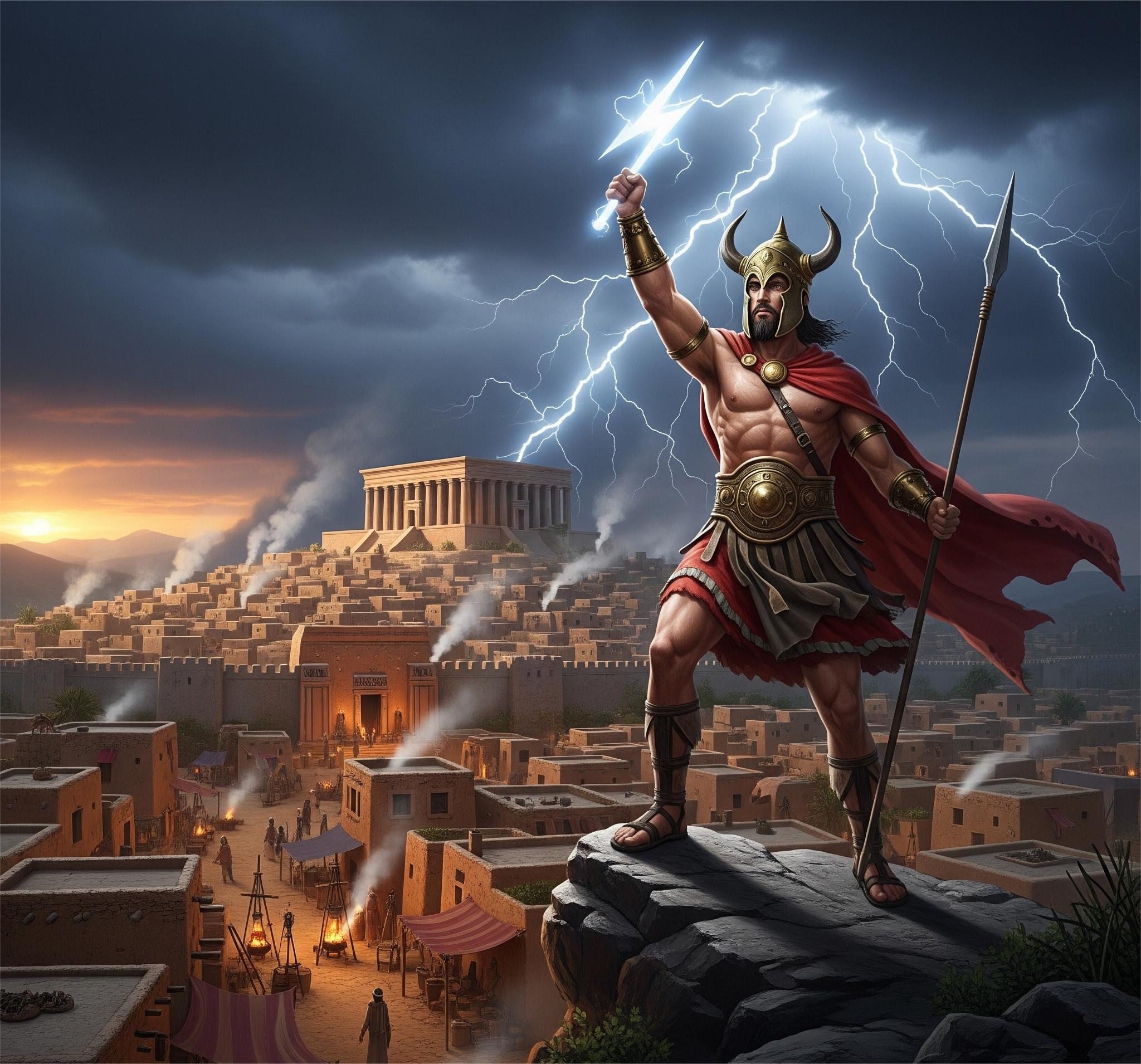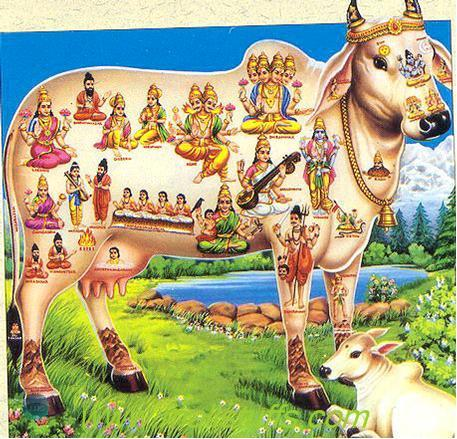Long before the rise of monotheistic faiths in the Middle East, the lands of the Levant—modern-day Lebanon, Syria, Israel, and Palestine—were home to a rich and complex polytheistic tradition. At the heart of this religious landscape stood Baal, a storm god whose thunderous voice commanded reverence, fear, and devotion across the Canaanite and Phoenician worlds.
Who Was Baal?
The name Baal (meaning “lord” or “master”) was a title rather than a proper name, and different regions worshipped various local versions of Baal. The most prominent was Baal Hadad, the Canaanite storm and fertility god, known for controlling rain, lightning, wind, and agricultural abundance.
He was often portrayed wielding a thunderbolt, standing atop mountains, and flanked by sacred bulls—a symbol of strength and virility.
Baal in Canaanite Religion
In the Ugaritic texts—ancient writings discovered at Ras Shamra in Syria—Baal emerges as a central divine figure in Canaanite cosmology. He battles the sea god Yam, a chaos deity, and defeats him to bring order to the cosmos. Later, Baal descends to the underworld and faces Mot, the god of death and drought, in a cyclical myth that mirrors the seasonal cycles of rain and dryness in the Levant.
This battle between Baal and Mot became a symbolic reflection of nature’s rhythm: Baal’s temporary death brought drought, while his return heralded rain and fertility.
God of Rain and Agriculture
In a region dependent on seasonal rainfall for survival, Baal’s power over the skies made him essential. Farmers prayed to him for fertile soil, abundant crops, and livestock health. His worship was not just spiritual—it was practical, tied directly to food security and survival.
Temples dedicated to Baal were often placed on high places—mountaintops and hills—to symbolically connect with the heavens.
Baal Across the Levant and Beyond
As Phoenician traders expanded their maritime empire, they exported Baal’s worship across the Mediterranean. Cities like Tyre, Sidon, and Carthage erected temples to Baal. In Carthage, Baal merged with other deities and became Baal Hammon, associated with heat, sacrifice, and prosperity.
In different regions, Baal was known by varying epithets:
Baal Zebul (“Lord of the High Place”), later twisted into “Beelzebub”
Baal Shamin (“Lord of the Heavens”), popular in Aramaic-speaking regions
Baal Hammon, protector of the Carthaginian elite and agriculture
Rituals and Controversy
Baal’s rituals included offerings of incense, grain, and animals, and in some contexts—particularly among the Phoenicians and Carthaginians—ancient sources (especially Greek and Roman) claim child sacrifice was practiced. Archaeological sites such as Tophet sanctuaries in Carthage contain urns with burned remains of infants, though modern scholars debate the interpretation.
These practices drew intense condemnation from later Israelite and Judeo-Christian traditions, who viewed Baal worship as idolatrous and morally corrupt.
Baal in the Hebrew Bible
Baal appears frequently in the Hebrew Bible, but always as a rival to Yahweh. Prophets like Elijah and Hosea condemned Baal worship, framing it as a betrayal of the covenant with God.
In 1 Kings 18, Elijah challenges 450 prophets of Baal in a dramatic contest on Mount Carmel. Baal’s prophets fail to summon fire from heaven, while Elijah calls down flame in a miraculous show of divine supremacy.
The story symbolized a clash between monotheism and polytheism, between a single transcendent God and the older storm gods of the land.
Legacy and Reinterpretation
Although Baal worship declined with the spread of monotheistic faiths, his mythological imprint survives:
In Christian demonology, Baal was recast as a demon—“Beelzebub”—a shadow of his former godly image.
In archaeology, Baal’s name and symbols continue to emerge from ancient ruins across the Levant.
In mythology, Baal’s battle with Yam and Mot influenced later storm-deity stories across cultures.







